

Lands of Lore is an old-school, polished and graphical pleasing game with square based dancing and clicking on weapon sprites like Eye of the Beholder, Grimrock and Vaporum. The music reminds of Dune 2, a classic RTS from the same studio, Westwood. The old-school elements are not the best. You get choices like stepping into one of three portals and no clues given. The first leads to instant death (reload), the second transports the party to an already explored map (reload), and the third portal is the way forward. You try every option, of course, because you might miss a key or quest objects if you don’t. Often you forward the story by using a certain object, presenting an object to a NPC or opening a secret door by finding a hidden switch. Back in the days, when I was still a young kid and learning English at school, I missed some subtle hints and got stuck. These days there are online manuals to get you going, but I never liked these kind of puzzles. They are more frustrating blockages, rather than make you feel smart. The game starts with a choice of a pre-made protagonist and an interesting story about a shapeshifting witch and a kingdom of mages and four-arm monster-sized heroes in jeopardy. You fight many orcs and find some interesting loot. The further you progress, the stranger monster become and the more battles are played out by picking up items from the ground or using items from your inventory. I didn’t like levels where you have to remove your armor less they are dissolved by the first connecting hit from a monster, or ghosts that are near-impossible to kill unless you use a cube that does huge damage and you can spam regardless of the condition of your party. In 1993, I would have rated this game higher, but with better games of similar style today and the later levels that seem almost void of anything interesting, except for some weird monsters with rather nasty skills and many annoying traps, it seems only fair to lower my rating somewhat.
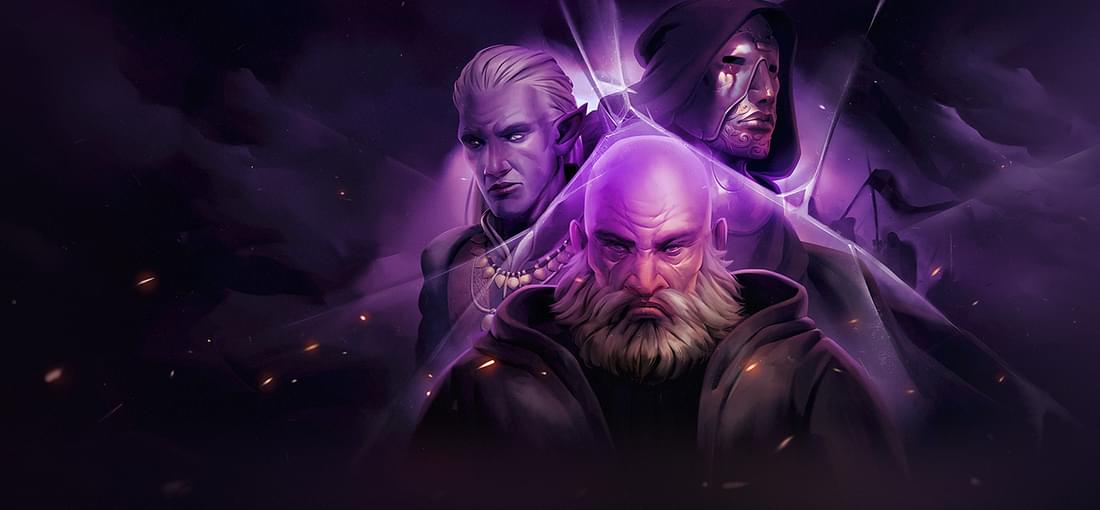
Stoneshard is early in development and it might not be for all. In Stoneshard you play cautiously, accept (and feel joy in) minimal increments, and suffer infuriating death. Play the (free) tutorial on Steam to get a feel of the final game in overdrive. It contains most (current) mechanics at an increased pace. The core game is at this moment bare-bones. No custom character, limited dungeons, non-optimized and subset skills, merely two towns, rehearsed quests, lack of polish, etc. Yet, I put 80+ hours in. Why? The slow progress and lack of save points (adds tension and some exploring) are for me selling points. You make choices like swapping your old axe for a bit less fumble chance at cost of a point of bleed damage, browsing food merchants for a non-spoiling sausage or a cheap old cheese, walk cautiously through the forest at night with your high level mage in fear of running into a wild bear, and have a real tactical puzzle to solve with an engagement of 5 bandits of whom 2 have bows and one is a mage. The difference between early and later game is that you are actually able to win a fight like that. A level 1 character might need to run away, or have some luck by being able to lure the bandits into a pack of wolves, and bring home some wolf pelts instead. The game is turn and square based. Battles are over in 10-15 turns, and you have to come up with ways to optimize your skills and surrounding environment. The best are the skills that modify positions, movement or sight. My mage can cast a boulder that blocks sight, funnels enemies to hidden traps and blocks a narrow path avoiding a direct charge. The next turn I can let it explode, throw it to a distance enemy or simply let is remain for a small damage bonus. When it rains my fire skills do half damage. Stoneshard does not shy away from brutal language and graphics. The apparently cute figures are beheaded and molten to a pudding. I hope the devs keep adding, and keep the minimalistic and brutal gameplay.

In Astrox, you type your name, choose a faction to give a 15% bonus to scavenging, and send your spaceship into space. You then click on an asteroid, wait till your ship flies over and wait till a light beam converts a part of the rock into your cargo space. You wait while flying back to a space station and wait some more till the rocks are refined into more costly goods. Then you sell the goods, and repeat, repeat, and repeat. After about 100 trips you start to feel some progress. You have learned some skills, like improved mining level 4 that gives a +10% to mining operations and have increased your cargo by an additional 20% using some earned skill points. Perhaps you want to go on a mission, hunt pirates or scan an object in some unexplored sector? Perhaps it awards more credits and skill points? It is not more exciting, though. You fly out, you travel to the designated place in space, and click on the object or pirate. You wait, and return home to collect the bounty. A thousand missions later you fly a dreadnought, have a few mercs, a big cargo, level 8 in mining and your credits have a few more digits. Astrox is a typical idle game. It is a mindless grind that works wonders on a brain tired after a busy day at work. Astrox is probably more fun to make than to play, and people saying they have fun are probably in a state of addiction-denial, and ignore the facts that Astrox has nothing new to offer after the initial 5 minutes of play, and for some strange reason feels okay to play for weeks, months or maybe even years? I’m not going to criticize the concept of idle games. I have rated Astrox based on not having some half naked Japanese girls added to the mix to satisfy another piece of brain addiction (good thing), for lacking any kind of interesting grind other than the look of ships (good) and level n goes to n+1 (bad), and the lack of options that I can think of that might improve gameplay other than more of everything (mildly bad thing).
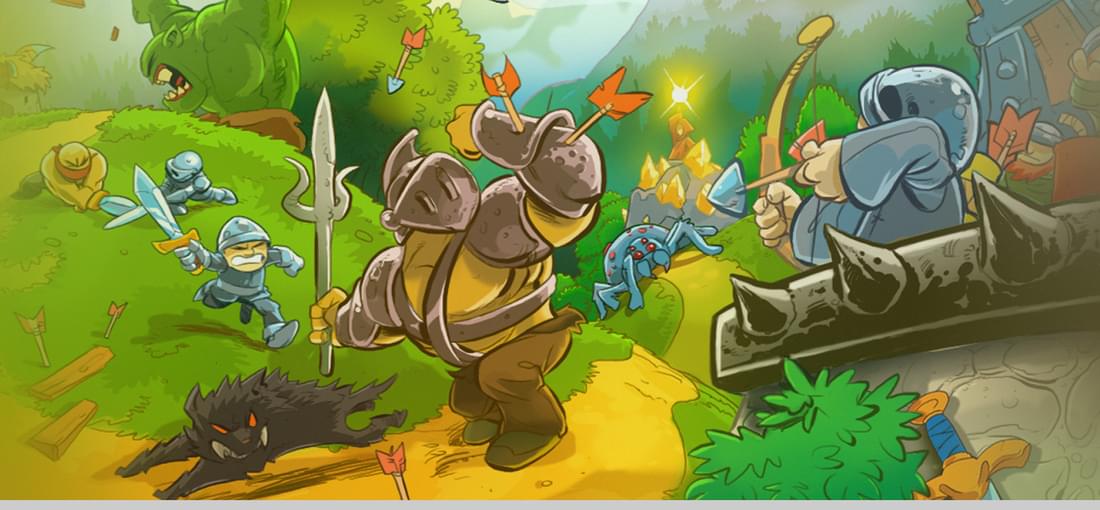
Kingdom Rush is a charming tower defense. It is characterized by four different tower types. Archers, mages, fighters that stand on the enemy path and can block enemy movement, and artillery that excels at area damage. The choice between archers and mages is made by the resistances of enemies. Ghost can only be damaged by magic, while demons have high magic resistances. You also take one hero into missions. These are not overpowered, but can be controlled freely and efficient placement can make a critical impact on the outcome of a mission. KR is not a deep complex strategy game. It is about finding a working combination of towers to block an endless stream of wolves, or simply have enough firepower to bring down one of the many bosses. The lack of complexity is mostly felt by the imbalance of towers. The Tesla x104 and the Crossbow Fort in the second game, Frontiers, are clearly most deadly. The Tesla towers are even so overpowered that you can win many missions without the need of other towers. KR and Frontiers are basically the same game. In KR your hero starts every mission at level one and level during the mission. I think this is more balanced approach compared to in between mission leveling in Frontiers, because it makes usage of heroes from the start of a mission more meaningful and depends less on mission grind. What both games do very well, and Frontiers even more than the first game, is the charming backgrounds and enemies. Wolves are cute and ferocious to your fighters. Bosses are funny while able to disintegrate any towering golem that blocks their path with a snap of their fingers. In missions you can find snow monsters frozen in an ice cave that you can free with a firestorm and then recruit. In other missions you are helped by troll eating plants, or a Frankenstein lab. By the end of both games I would have like some more variety of towers, but the variety of enemies and mission environments kept both games fresh and interesting.
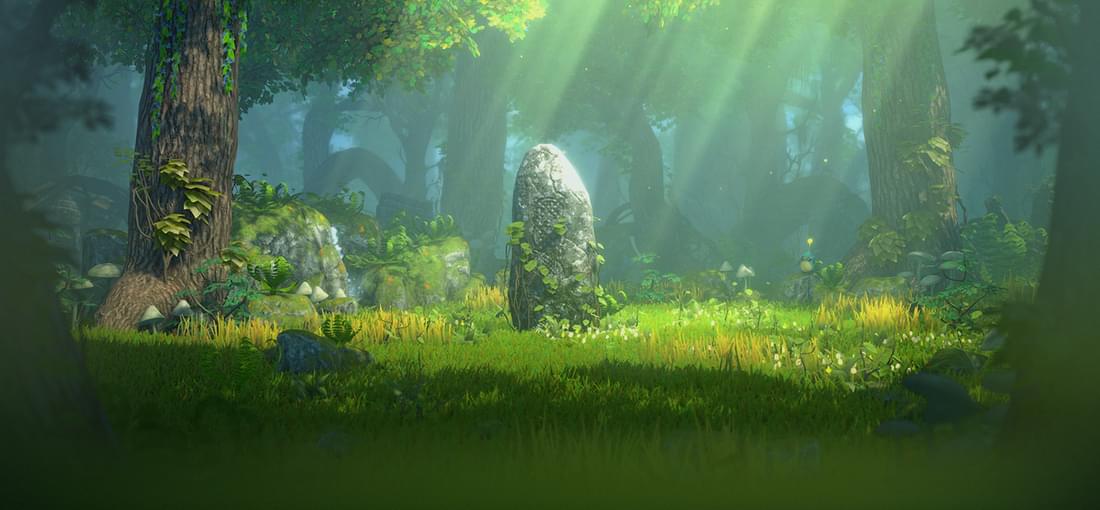
Druidstone is a mix of Magicka’s cheeky 21st century humor in a fantasy setting, runaway Diablo storytelling, Into the Breach tactical maneuvering, and grinding missions for stars like Kingdom Rush. While the game has merits, I suggest playing the others over Druidstone. The game gets 3 stars because the missions offered many narrow escapes and challenging tactics to complete them on the first try on normal difficulty with all bonus objectives. Druidstone creates this by providing skills with limited uses, that you need to use, but also need to conserve to remain standing long enough to complete all objectives. The hard difficulty is interesting when you know the level/monster layout, as these are fixed. Unfortunately, Druidstone has two major problems: 1. Bad sound, 2. Terrible AI. I turned off the music after a few missions. It was simply too grand, too overwhelming, too annoying. Once the music was gone, there was hardly any sound left. Cut scenes are mute, and battle sounds consist of a few copy-pastes from Grimrock. Speaking of Grimrock, the devs former game, Druidstone is clearly made with the same engine but from a bird’s eye perspective… and zero improvements. Where a mindless attacking enemy would do in Grimrock, it becomes foolish when AI behavior is presented in a tactical game without fog of war. Enemies not barred by a closed door come in straight lines. Even rats and mindless skeletons charge in from 5 rooms away. Once in range they attack, immediately. Even when they are able to come one step closer and wrack havoc or keep a narrow path open by doing so, they simply stop and attack. Once the path is closed, the next enemy turns around and tries a lengthier route. You can even save a nearly dying warrior by placing a full health archer next to it, forcing enemies to hit the “weaker” character. A tactical game without music that can last for hours and a stupid AI? I fear for Ctrl Alt Ninja's next game. It will not be an auto-buy for sure.
Risk of Rain seems made for an arcade machine from the 80’s. Looks like dog-shit, minimal to no story, kill hordes of enemies just because they will kill you otherwise, fantastic music and an utterly broken balance that seems to be made to lead you into an inevitable dead and another coin for the slot monster within 15 minutes of play, and yet… it seems to work somehow. The simple graphics make it possible to pile hundreds of enemies on screen, create frantic battles and keeps gameplay smooth. The randomness, in particular the types of items you find, can break a run or can set you on a killing spree. Risk of Rain is a simple slide scrolling action game with a bit of platforming. You have the arrow keys and four basic skills with a short cool down. Slowly, monsters get spawned while you are looking for a portal that summons a boss creature. Then hell is unleashed. If you get killed you restart, or if you killed you clean up the level of strangling monsters and continue to the next setting. There are only four settings, and you are given a choice to repeat the cycle or go to the end stage with a multi-level end boss to finish the game. You unlock new items by complete achievements, which are simple to extremely challenging. New items can, from then on, drop. Each picked up item stacks, with crazy combination possible. There is a RoR II released. It looks better with 3d-graphics, but from gameplay footage it does not seem to add to the simple, yet addictive gameplay of RoR. A testament that good gameplay may do without graphics.
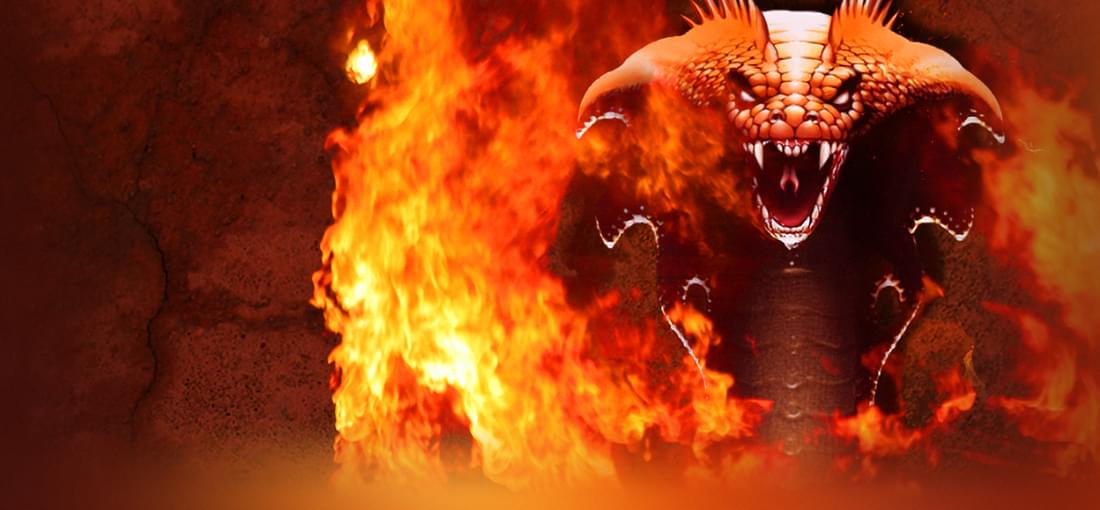
U7 has a lot going for it. It delivers a full screen mouse-only UI, has a story involving a Liche terrorizing a dead island, and stranded pirates planning to sell an innocent maiden to pay their gambling debts, you find lore books that explain why there are only doors facing south and west, and U7 offers an early attempt of visually crafting a sword. However, I dislike the larger figures, the obscuring isometric view, the simplistic world map with sparse and scattered monster groups having uninteresting loot, shallow (hardly any) dungeon design, power creep and cheat-like loot that makes monster fights far too easy and eliminates the importance of merchants, very avatar centric gameplay with uninteresting companions who constantly complain about food, OP methods of travel, puzzles that depend on invisible stairs, and a, on paper, complex and deep storyline that, instead of depending on exploration, feels like a long sequence of goto and fetch quests. The inventory system is simply broken. The worst ever designed. The AI is broken to the point where combat becomes frustrating. Companions stumble into swamps and burn to death by standing in campfires. Large parties cannot keep formation, and break up at doors that only react to the nearness of the avatar. Ship travel and landing a flying carpet is a mess. Casting spells can be done with a spellbook put away in a backpack. And to be honest, spells have no clear use, except for unlocking magical doors and cheat-like fast travel. The economic system is utterly broken, and the world is filled with inert artefacts and shrines from previous Ultimas. U7 is not bad, as it uses many game elements that were built over the Ultima series. It even enhances representation and gameplay on many ways. However, it suffers from many broken elements, and I prefer a steel halberd bought at a merchant with hard fought gold, over flipping a hidden switch to find the Scythe of Death and use it to kill an invisible dragon in two strokes.
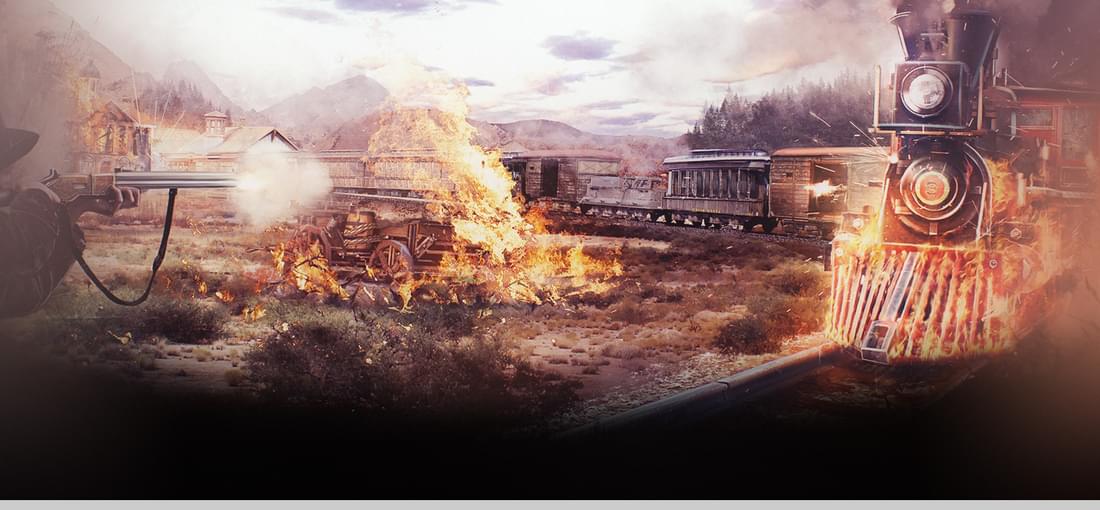
Bounty Train was on my wishlist for some time. The concept of shooting from a moving train held my attention, but poor reviews held me back from actually buying it. Until a huge discount convinced me to at least try it. BT is a collection of ideas: exploring the dangerous Wild West where there are bandits and Native Americans, shoot-outs, train raids with mounted Gatling guns, disturbing businessmen, and history. BT tries its best to immerse you into this world with a charming GUI, nicely drawn faces and old train and gunshot sounds, and bringing Lincoln to his Inauguration. However, many bugs draw you away from the experience, such as frozen enemies during shoot-outs, or a huge info message about the use of the train horn that does not disappear until you restart the game. Bugs may not necessarily be game-breaking, but there is another, bigger, issue with BT. They forgot to put in an interesting and lasting game experience. At some point in the Wild West expansion, a huge fetch quest DLC, you think you are almost done. Then a new mission appears “bring 10 jeans”, “bring 30 crates of denim to make 10 jeans”, “bring 150 crates of cotton to Mr. Levi to make 30 crates of denim”. While you mindlessly train around the East Coast scavenge every station for a tuft of cotton, you are constantly interrupted by raiders. Fights that drag on, and have become so extremely boring: stop the train, sit behind a Gatling gun and wait till all enemies are dead, that I really didn’t care anymore about the historical figure of Mr. Levi. BT sometimes cannot refrain from putting some moral label on things. Killing Natives is clearly not very nice. Stories about an escaped black man and cruel businessmen have clear good and evil characters. Yet, for some reason Natives are all depicted as in the Tintin novels. And how many slaves were at work in the cotton fields to make Mr. Levi a famous man? BT is not a bad game. It is a boring game.
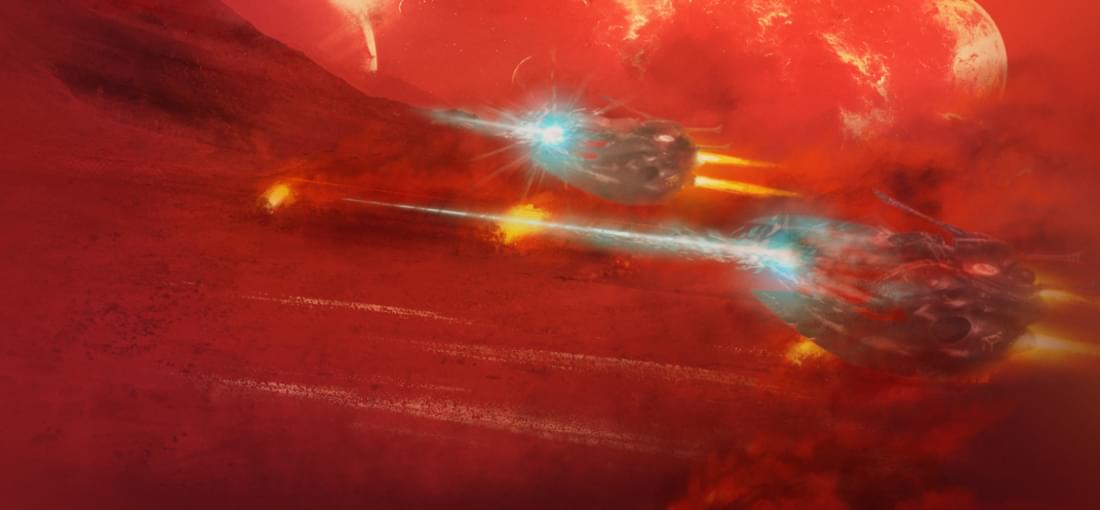
Some 30 years ago I collected every Eldar miniature and felt mystical awe while reading about the mystical Harlequins. Then there was Rites of War. It offered a unique imagination of Eldar, as extremely brutal and rugged. I loved it. In all other depictures of Eldar, they are soft and fragile. They might still have a hidden and black agenda, but most they act as a bunch of wimps in comparison to RoW. So, I crave for another go at RoW. Yet, it will take another 4 to 5 years to forget how awful and terrible RoW is as a strategy game. Basically, you make a defensive line, wait a couple of turns to let the enemy break its neck on your defenses, and then mop up the remaining stranglers on the map, and maybe find a few artifacts here and there. The strategic options are very limited. You have units with an attack range between 1 and 3. It works like paper-rock-scissors, 2 kills 1, 3 kills range 2 and 1 kills range 3. There is a bit more depth, with range 2 providing support to nearby units, psykers that utilize a few spells, and terrain that affect unit movement based on their movement type. Oh, and keep a line. That´s about it. You might have some fun with leveling up units, despite that it hardly has impact on the game, as your enemies level up accordingly.